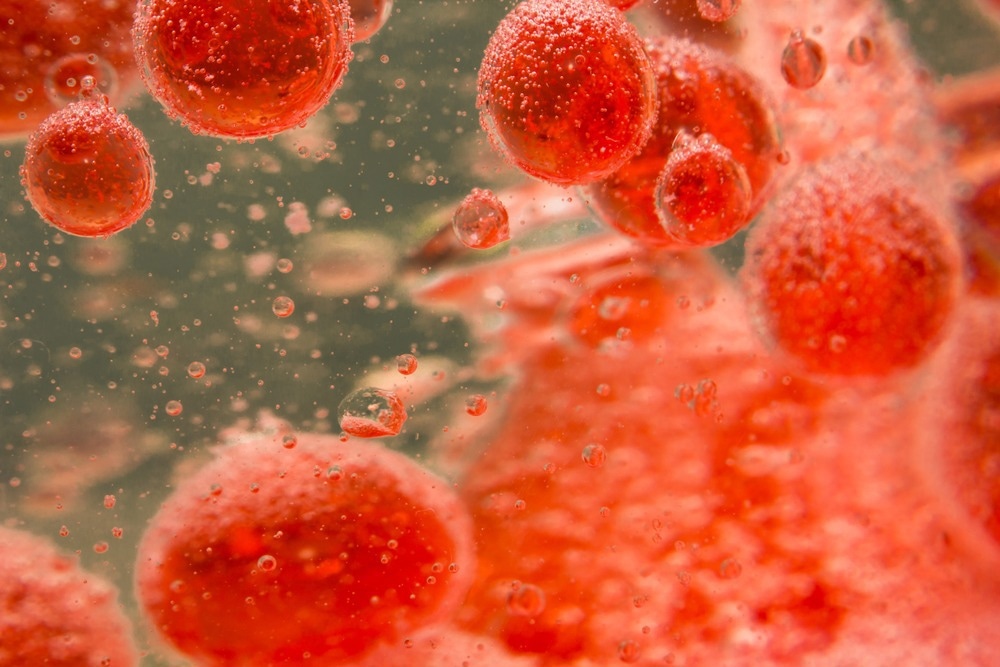Around 119 areas present in the genome, which aid in identifying the shape and size of the blood vessels at the back of the eye, have been discovered through a study headed by researchers at St George’s, University of London.

Image Credit: Ezume Images/Shutterstock.com
This breakthrough has also helped to identify that the increase in the “twisting” of the arteries could result in heart disease and high blood pressure.
The study has been financially supported by the Medical Research Council and the British Heart Foundation and is reported in the PLOS Genetics journal.
It is comparatively simple to take a high-resolution digital image of the back of the eye, thereby enabling scientists and medical professionals to envision the retina and its linked nerves and blood vessels.
The eyes can serve as a “window” into the body, thereby allowing scientists to directly study characteristics of such blood vessels and gain information regarding the body.
Earlier, researchers have shown that the size and shape of blood vessels on the retina are linked to health conditions such as heart disease, high blood pressure, obesity, and diabetes. But so far it was unclear how genetics play a role in identifying the architectural characteristics of such blood vessels.
Scientists studied retinal images from almost 53,000 people who were enrolled in a large research known as the UK Biobank.
Artificial intelligence (AI) technology was applied to the images to rapidly and automatically differentiate between the various kinds of blood vessels (arteries and veins) and to quantify the width of the blood vessel and the extent to which the vessels twist and turn.
Further, the research group made use of a method known as a genome-wide association study (GWAS) to identify if there were identities in the DNA of people with the same blood vessel characteristics. They performed this on the genetic data with the UK Biobank members of around 52,798.
Further, the team repeated the studies on 5000 people who were part of the EPIC-Norfolk’s Eye Study. Collectively with the UK Biobank, the group found 119 sections of the genome that are linked to the retinal blood vessel size and shape characteristics, more than any earlier study. Among the 119 sections discovered, 89 regions were connected with arterial twisting.
The level of turning and twisting of retinal arteries was found to be the feature that was most strongly determined in a genetic manner. Also, a higher level of twisting to the arteries appeared to result in heart disease and high diastolic blood pressure. Diastolic blood pressure is known as a measure of the pressure present in the arteries when the heart is between beats.
It had been thought that high blood pressure might cause twisted arteries, but our work unveils that it’s actually the other way around. This genetic information is a vital piece of the puzzle in our understanding and could pave the way for new treatments in the future.
Christopher Owen, Professor, Head of Chronic Disease Epidemiology, St George’s, University of London
Owen added, “Retinal imaging is already a mainstay in high-street optometrists. Our AI analysis of these images as part of routine eye checks could easily be done as part of a health check to identify those at high risk of developing high blood pressure or heart disease and in need of early intervention.”